目录
- 一、进程池概述
- 适用场景:
- 二、基本使用
- 三、核心方法详解
- 1. 任务提交
- 2. 结果处理
- 四、高级用法
- 1. 限制并发进程数
- 2. 获取任务状态
- 3. 回调处理结果
- 4. 处理异常
- 五、实际应用案例
- 案例:批量图片处理
- 六、性能优化技巧
- 七、常见问题解决方案
- 问题1:子进程异常导致无限等待
- 问题2:子进程不被回收
- 问题3:共享数据问题
- 八、与线程池的选择建议
- 九、结语
一、进程池概述
进程池(ProcessPoolExecutor)是 python 中用于并行执行任务的强大工具,尤其适合CPU密集型操作。与传统的多进程编程相比,它提供了更简单、更高级的接口。
适用场景:
- CPU密集型任务(数学计算、图像处理等)
- 需要并行处理独立任务的情况
- 需要限制并发进程数量的场景
- 需要获取任务执行结果的场景
二、基本使用
from concurrent.futures import ProcessPoolExecutor
import time
# CPU密集型计算函数
def calculate_square(n):
print(f"计算 {n} 的平方...")
time.sleep(1) # 模拟耗时计算
return n * n
# 使用进程池
with ProcessPoolExecutor(max_workers=4) as executor:
# 提交任务到进程池
future1 = executor.submit(calculate_square, 5)
future2 = executor.submit(calculate_square, 8)
# 获取任务结果
print(f"5的平方 = {future1.result()}")
print(f"8的平方 = {future2.result()}")
三、核心方法详解
1. 任务提交
submit(): 提交单个任务
future = executor.submit(func, *args, **kwargs)
map(): 批量提交任务
results = executor.map(func, iterable, timeout=None)
2. 结果处理
future.result(timeout=None): 获取任务结果(阻塞)
result = future.result() # 阻塞直到结果返回
as_completed(): 按照完成顺序获取结果
from concurrent.futures import as_completed
futures = [executor.submit(calculate_square, i) for i in range(1, 6)]
for future in as_completed(futures):
print(f"结果: {future.result()}")
四、高级用法
1. 限制并发进程数
# 最多同时运行2个进程
with ProcessPoolExecutor(max_workers=2) as executor:
results = list(executor.map(calculate_square, range(1, 5)))
print(results)
2. 获取任务状态
future = executor.submit(calculate_square, 10)
if future.running():
print("任务正在运行...")
elif future.done():
print("任务已完成!")
3. 回调处理结果
def result_callback(future):
print(f"收到结果: {future.result()}")
with ProcessPoolExecutor() as executor:
future = executor.submit(calculate_square, 15)
future.add_done_callback(result_callback)
4. 处理异常
def divide(a, b):
return a / b
try:
future = executor.submit(divide, 10, 0)
result = future.result()
except ZeroDivisionError as e:
print(f"出现错误: {e}")
五、实际应用案例
案例:批量图片处理
from PIL import Image
import os
from concurrent.futures import ProcessPoolExecutor
# 图片处理函数
def process_image(image_path):
try:
img = Image.open(image_path)
# 图片处理操作
img = img.resize((800, 600))
img = img.convert('L') # 转为灰度图
# 保存处理后的图片
new_path = os.path.splitext(ihttp://www.devze.commage_path)[0] + "_processed.jpg"
img.save(new_path)
return f"已处理: {image_path}"
except Exception as e:
return f"处理失败: {image_path} - {str(e)}"
# 获取图片目录中的所有图片
image_dir = "images"
image_files = [os.path.join(image_dir, f) for f in os.listdir(image_dir)
if f.endswith(('.jpg', '.png'))]
# 使用进程池处理
with ProcessPoolExecutor(max_workers=os.cpu_count()) as executor:
# 提交所有任务
futures = {executor.submit(process_image, img): img for img in imagejavascript_files}
# 获取结果
for future in as_completed(futures):
result = future.result(pcskN)
print(result)
六、性能优化技巧
- 选择合适的 max_workers:
- 对于CPU密集型任务:
max_workers=os.cpu_count() - 对于I/O密集型任务:
max_workers=(os.cpu_count() * 2)
- 对于CPU密集型任务:
- 减少数据传输:
- 避免在进程间传递大对象
- 使用共享内存(SharedMemory)或服务器进程(Manager)优化数据共享
- 预加载数据:
# 使用initializer预加载共享数据
def init_worker():
global shared_data
shared_data = load_big_data()
def process_item(item):
return process(shared_data, item)
with ProcessPoolExecutor(initializer=init_worker) as executor:
...
任务分块:
# 减少小任务的数量
def process_chunk(chunk):
return [calculate_square(n) for n in chunk]
chunks = [range(i, i+1000) for i in range(0, 10000, 1000)]
results = executor.map(process_chunk, chunks)
七、常见问题解决方案
问题1:子进程异常导致无限等待
解决方案:
# 设置超时时间
try:
result = future.result(timeout=60) # 最多等待60秒
except TimeoutError:
print("任务超时")
问题2:子进程不被回收
解决方案:
# 使用上下文管理器确保资源回收
with ProcessPoolExecutor() as executor:
# 执行代码
# 离开with块后自动关闭进程池
问题3:共享数据问题
解决方案:
from multiprocessing import Manager
def worker(shared_list, data):
shared_list.aandroidppend(process(data))
with Manager() as manager:
shared_list = manager.list()
with ProcessPoolExecutor() as编程客栈 executor:
executor.map(worker, [shared_list]*len(data), data)
print(list(shared_list))
八、与线程池的选择建议
| 特性 | 进程池 (ProcessPoolExecutor) | 线程池 (ThreadPoolExecutor) |
|---|---|---|
| 适用任务 | CPU密集型 | I/O密集型 |
| 内存使用 | 高 (每个进程独立内存空间) | 低 (共享内存) |
| 上下文切换开销 | 高 | 低 |
| GIL限制 | 避免GIL影响 | 受GIL限制 |
| 数据共享 | 复杂 (需要专门机制) | 简单 (直接共享) |
| 通信开销 | 高 (需要序列化) | 低 (直接内存访问) |
选择建议:
- 优先考虑线程池处理I/O密集型任务
- 仅当任务受GIL限制时使用进程池
- 混合使用:I/O密集型任务使用线程池,CPU密集型任务使用进程池
九、结语
ProcessPoolExecutor 是 Python 并发编程的核心组件之一,熟练掌握它可以显著提升程序性能。关键要点:
- 使用上下文管理器(
with语句)确保资源正确释放 - 根据任务类型选择合理的
max_workers数量 - 优先使用
map()和as_completed()管理批量任务 - 处理好任务间的数据共享问题
- 针对不同任务特点优化参数配置
通过学习本教程,你应该能够灵活运用进程池解决实际开发中的性能瓶颈问题。
到此这篇关于Python 进程池ProcessPoolExecutor全面使用教程(推荐)的文章就介绍到这了,更多相关Python 进程池 ProcessPoolExecutor内容请搜索编程客栈(www.devze.com)以前的文章或继续浏览下面的相关文章希望大家以后多多支持编程客栈(www.devze.com)!
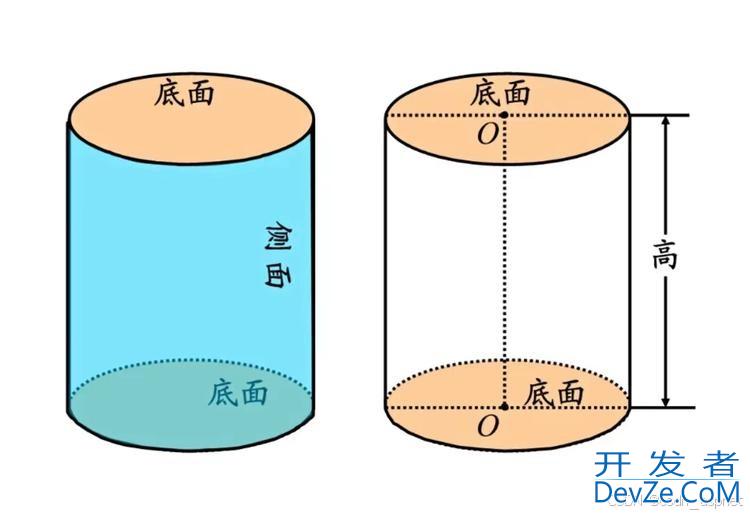
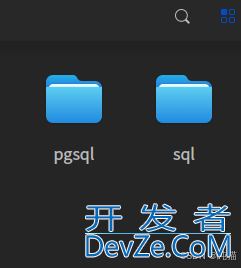
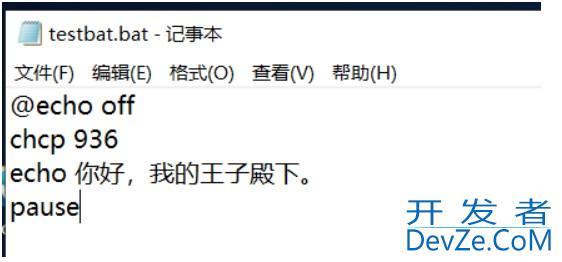
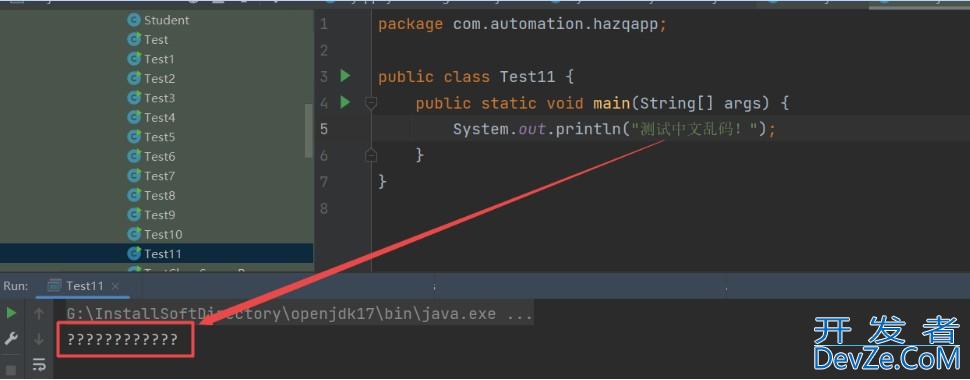
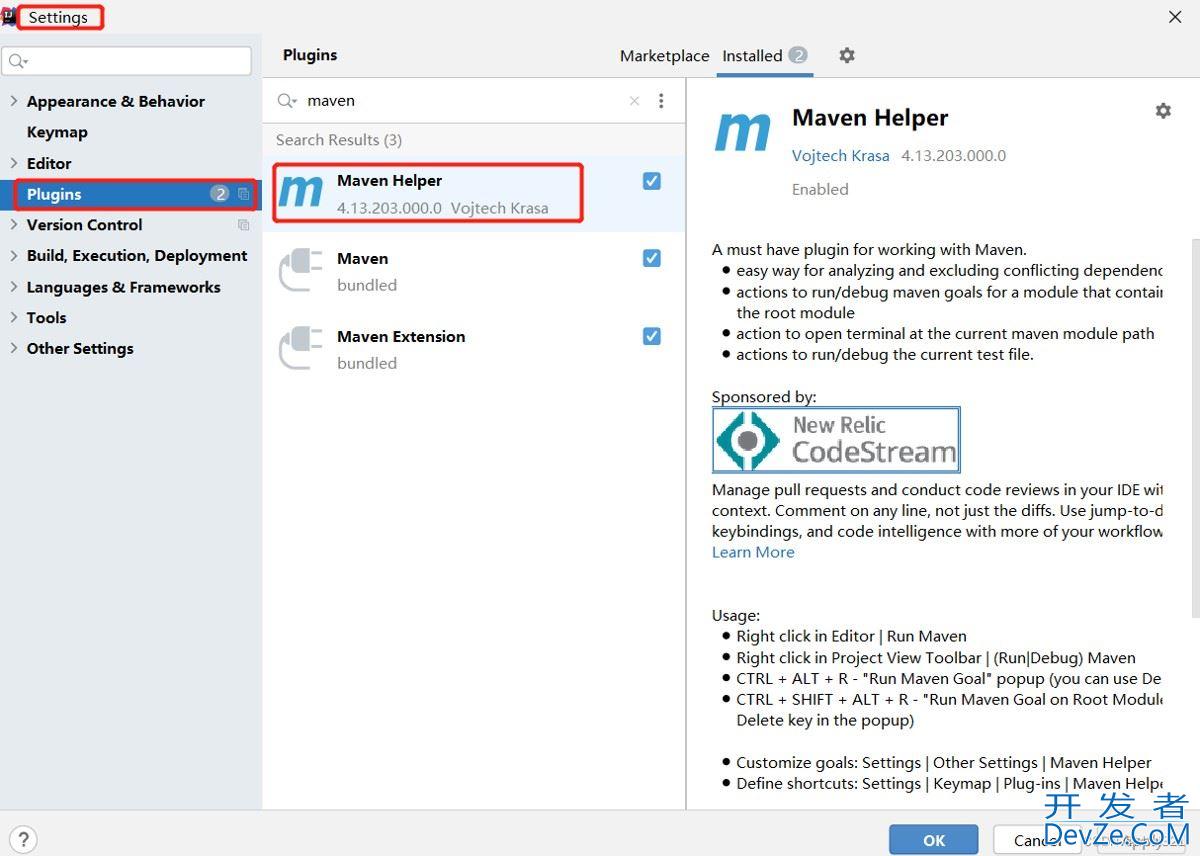
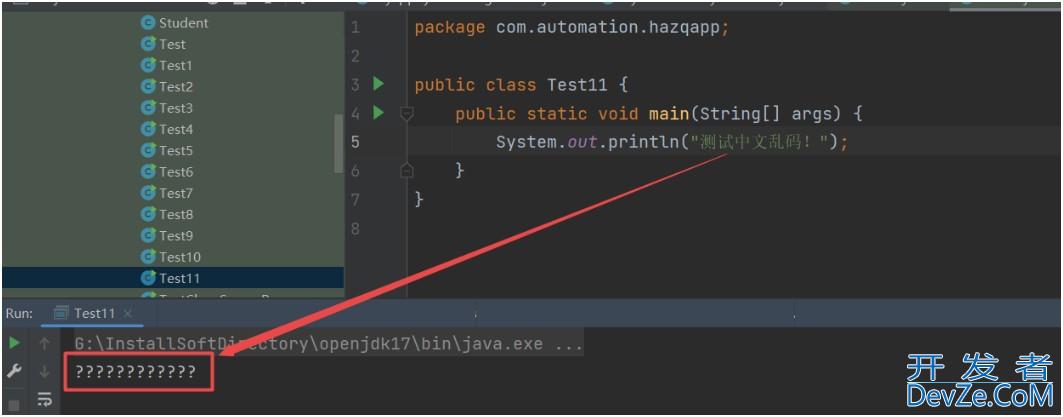
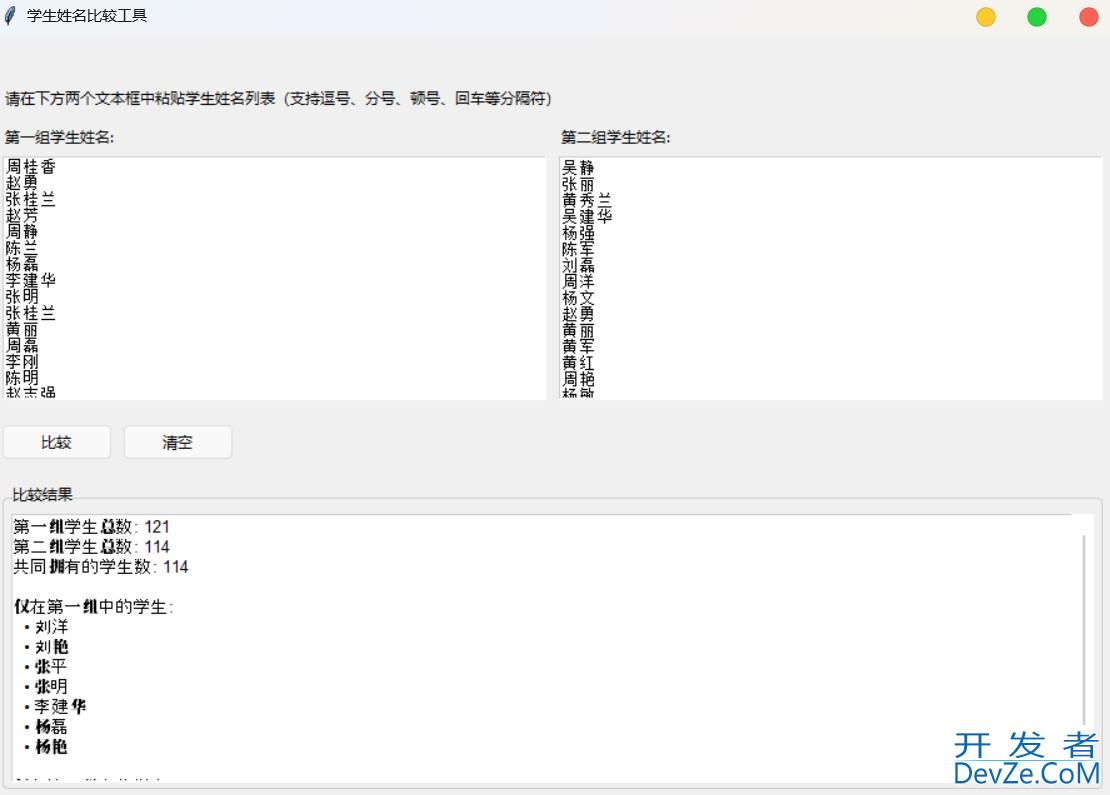
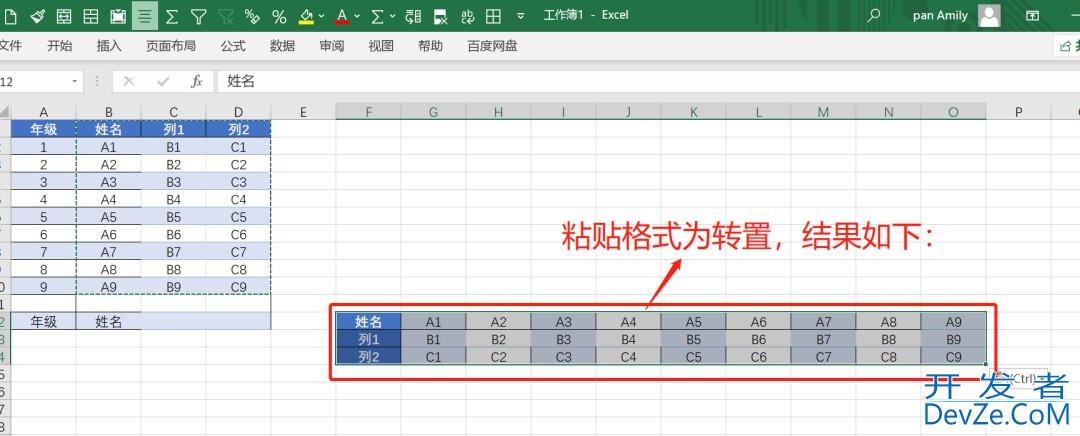
 加载中,请稍侯......
加载中,请稍侯......
精彩评论